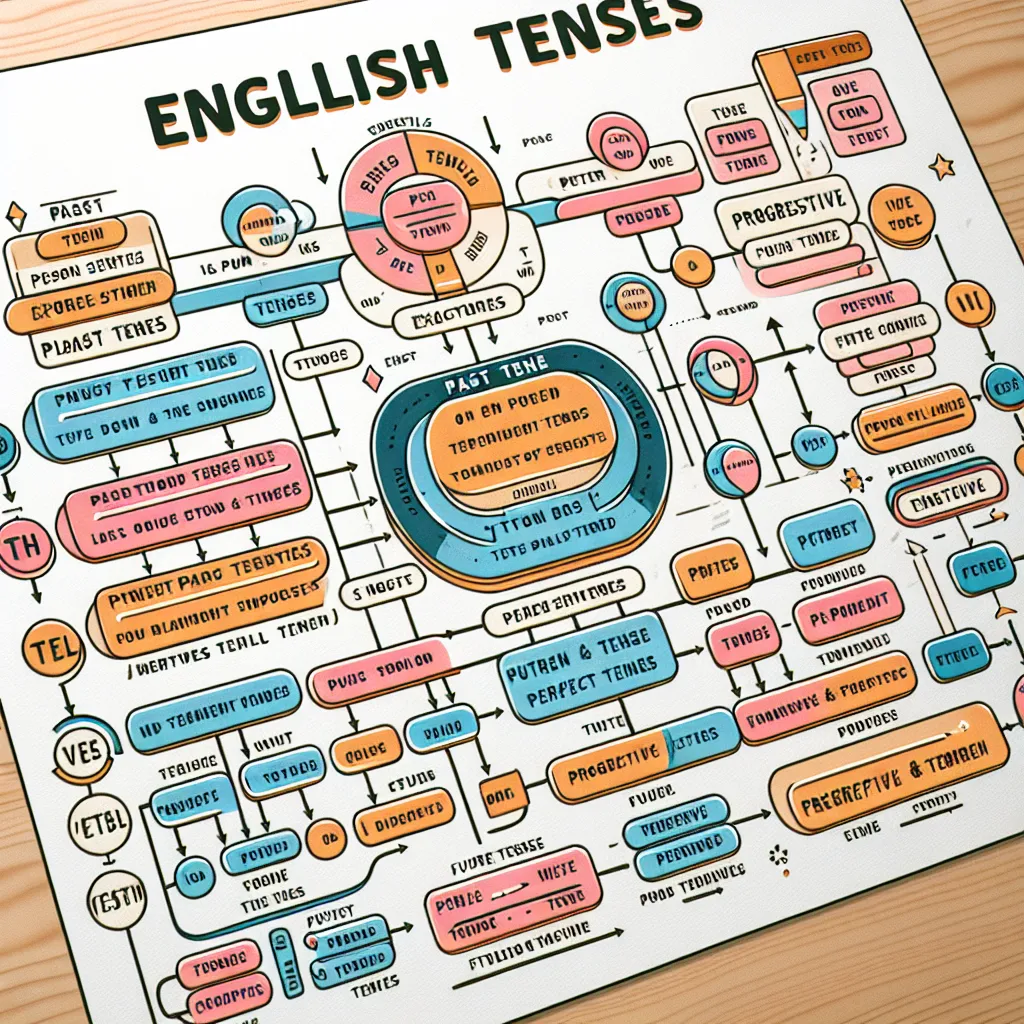Are you struggling to improve your English skills? Do you find yourself making the same errors over and over again? You’re not alone. Many English learners face similar challenges, but with the right strategies, you can overcome these hurdles and enhance your language proficiency. In this comprehensive guide, we’ll explore effective tips to help you avoid common English mistakes and boost your confidence in using the language.
 Common English Mistakes Infographic
Common English Mistakes Infographic
Understanding the Importance of Avoiding Common Mistakes
Before diving into specific tips, it’s crucial to recognize why avoiding common mistakes is so important in your English learning journey. Making errors is a natural part of the learning process, but consistently repeating the same mistakes can hinder your progress and lead to fossilized errors – mistakes that become habit and are difficult to correct later on.
By focusing on avoiding common mistakes, you can:
- Improve your overall communication skills
- Enhance your writing and speaking accuracy
- Boost your confidence in using English
- Make a better impression in professional and academic settings
- Progress more quickly in your language learning journey
Now, let’s explore some practical tips to help you steer clear of common English mistakes.
Essential Tips for Avoiding Common English Mistakes
1. Master Subject-Verb Agreement
One of the most frequent errors English learners make is incorrect subject-verb agreement. This occurs when the subject and verb in a sentence don’t match in terms of singularity or plurality.
Tip: Always identify the subject of your sentence and ensure the verb agrees with it.
Examples:
- Incorrect: The group of students are studying for their exam.
- Correct: The group of students is studying for their exam.
Practice: Create sentences with different subjects (singular, plural, collective nouns) and match them with the correct verb forms.
2. Use Articles Correctly
Articles (a, an, the) are often challenging for English learners, especially those whose native languages don’t have similar structures.
Tip: Learn the rules for using articles and practice them regularly.
- Use “a” before singular countable nouns beginning with a consonant sound.
- Use “an” before singular countable nouns beginning with a vowel sound.
- Use “the” for specific or previously mentioned nouns.
Examples:
- Incorrect: I saw elephant at zoo.
- Correct: I saw an elephant at the zoo.
Practice: Read English texts and pay attention to article usage. Try to explain why each article is used in different contexts.
3. Perfect Your Preposition Usage
Prepositions can be tricky, as their usage often doesn’t translate directly from other languages.
Tip: Learn prepositions in context rather than trying to memorize them in isolation.
Examples:
- Incorrect: We arrived to the airport on time.
- Correct: We arrived at the airport on time.
Practice: Create a list of common prepositional phrases and use them in your own sentences. Read English texts and highlight prepositional phrases to understand their usage better.
4. Avoid Common Vocabulary Mistakes
Many English learners confuse words that sound similar or have related meanings.
Tip: Create a personal dictionary of commonly confused words and their correct usage.
Examples:
- Affect vs. Effect
- Their vs. There vs. They’re
- Your vs. You’re
Practice: Write sentences using pairs of commonly confused words correctly. Ask a native speaker or teacher to check your usage.
5. Master Verb Tenses
English has a complex tense system that can be challenging for learners.
Tip: Study each tense individually, understanding its formation and when to use it. Then, practice using multiple tenses together in context.
Examples:
- Incorrect: I am living in London since 2010.
- Correct: I have been living in London since 2010.
Practice: Write a short story using different tenses. Explain why you chose each tense for different parts of the story.
 English Tenses Chart
English Tenses Chart
6. Pay Attention to Word Order
English has a relatively fixed word order, which can be different from many other languages.
Tip: Learn the basic sentence structure (Subject-Verb-Object) and common variations.
Examples:
- Incorrect: Always I am happy to see you.
- Correct: I am always happy to see you.
Practice: Take complex sentences and break them down into their constituent parts. Rearrange the words to create new, grammatically correct sentences.
7. Improve Your Pronunciation
While not strictly a grammatical issue, pronunciation mistakes can lead to misunderstandings and affect your overall English proficiency.
Tip: Focus on problematic sounds in English that don’t exist in your native language. Use pronunciation apps or work with a native speaker to improve.
Practice: Record yourself speaking English and compare it to native speaker recordings. Focus on stress, intonation, and individual sound production.
Practical Strategies for Implementing These Tips
Now that we’ve covered some key areas to focus on, let’s look at strategies to help you implement these tips effectively:
-
Keep a mistake journal: Write down the mistakes you make and the corrections. Review this regularly to reinforce your learning.
-
Use language learning apps: Apps like Duolingo, Babbel, or Grammarly can help you practice and catch mistakes in real-time.
-
Read extensively: Exposure to correct English usage through reading can help you internalize grammar rules and vocabulary usage.
-
Practice with native speakers: Regular conversation with native English speakers can help you identify and correct mistakes in real-time.
-
Take online quizzes: Many websites offer free English grammar and vocabulary quizzes to test your knowledge and highlight areas for improvement.
-
Use mnemonics: Create memory aids to remember tricky grammar rules or commonly confused words.
-
Write regularly: Practice writing in English daily, whether it’s a journal entry, a blog post, or a letter to a friend.
Common Pitfalls to Watch Out For
As you work on avoiding common mistakes, be aware of these potential pitfalls:
-
Overreliance on translation: Trying to translate directly from your native language can lead to errors. Think in English as much as possible.
-
Ignoring context: Remember that grammar rules can change depending on the context. Always consider the full meaning you’re trying to convey.
-
Fear of making mistakes: Don’t let the fear of errors prevent you from using English. Mistakes are a natural part of learning.
-
Neglecting spoken English: Don’t focus solely on written English. Practice speaking to improve your overall language skills.
-
Forgetting to review: Regularly revisit areas you’ve studied to reinforce your learning and prevent forgetting.
Next Steps in Your English Learning Journey
Now that you’re armed with these Tips To Avoid Common English Mistakes, it’s time to put them into practice. Here are some suggestions for your next steps:
- Create a study plan that incorporates regular practice of the areas we’ve discussed.
- Find a language exchange partner to practice speaking and writing with.
- Set specific, measurable goals for improvement in each area (e.g., “Reduce article errors by 50% in my next writing assignment”).
- Consider taking a proficiency test like IELTS or TOEFL to gauge your progress and identify areas for further improvement.
- Explore advanced English courses or resources that focus on nuanced language use and error correction.
Remember, avoiding common English mistakes is an ongoing process that requires patience and persistence. By consistently applying these tips and strategies, you’ll see significant improvements in your English proficiency over time.
We encourage you to share your own experiences and tips for avoiding common English mistakes in the comments below. What strategies have worked best for you? What challenges are you still facing? Let’s learn from each other and continue to grow in our English language journeys.




